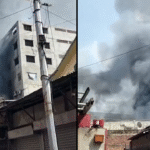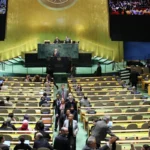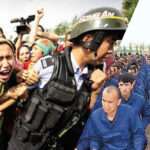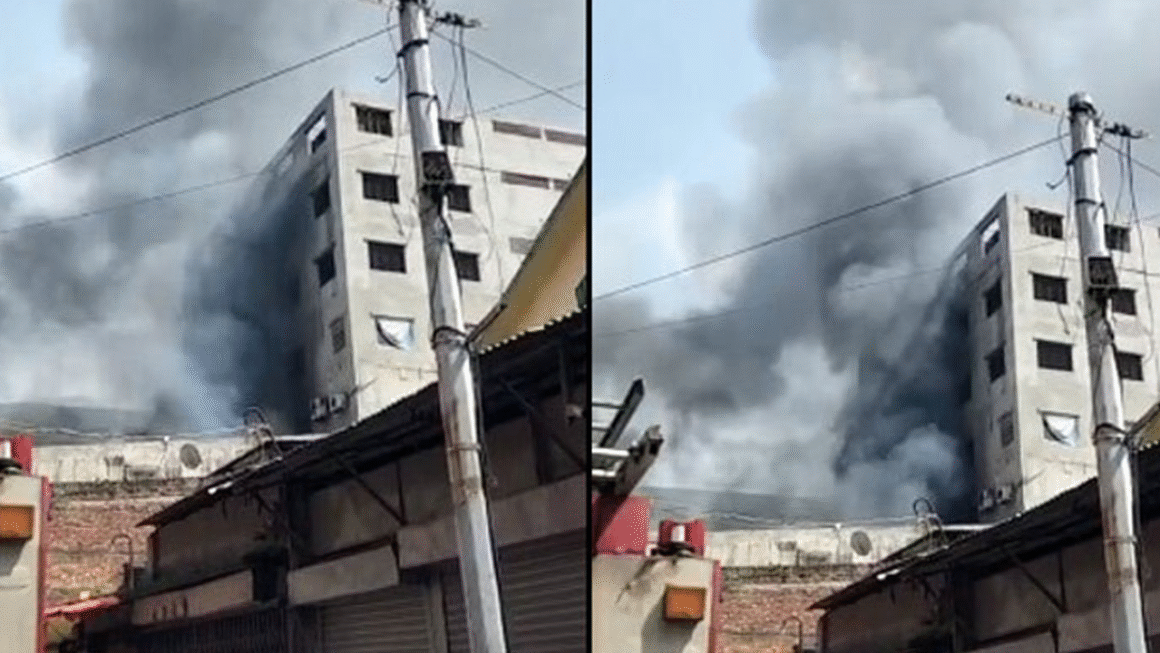 Overview of Khan Jahan Ali Setu in Khulna
Overview of Khan Jahan Ali Setu in Khulna
The Khan Jahan Ali Setu in Khulna, also known as the Rupsha Bridge, is a significant infrastructural landmark in Bangladesh. Spanning the Rupsha River, this bridge connects the city of Khulna with the southern regions of the country, including the Mongla seaport. Named after the 15th-century Sufi saint Khan Jahan Ali, the bridge plays a crucial role in enhancing transportation, trade, and tourism in the region.
Historical Background-
Construction of the Khan Jahan Ali Setu commenced in May 2001 and was completed in May 2005. The bridge was officially inaugurated on May 21, 2005, by then-Prime Minister Khaleda Zia. The project aimed to improve connectivity between Khulna and the southern districts, facilitating economic growth and regional development.
Architectural Features-
The bridge is a prestressed concrete girder bridge with the following specifications:
- Total Length: Approximately 1.6 kilometers
- Width: 16.48 meters
- Main Span: Approximately 100 meters
- Lanes: Two lanes for vehicular traffic, along with pedestrian walkways and lanes for non-motorized vehicles
- Construction Materials: Prestressed concrete for the superstructure and reinforced concrete for the piers
The bridge’s design ensures durability and the capacity to handle significant traffic loads, contributing to its role as a vital transportation link.
Economic and Social Impact-
The Khan Jahan Ali Setu has significantly influenced the socio-economic landscape of Khulna and its surrounding regions:
- Trade Enhancement: By connecting Khulna to the Mongla seaport, the bridge has streamlined the transportation of goods, boosting trade activities.
- Employment Opportunities: Improved connectivity has led to the establishment of new businesses and industries, creating job opportunities for local residents.
- Tourism Growth: The bridge itself has become a tourist attraction, drawing visitors to the area and promoting local tourism.
- Urban Development: The increased accessibility has spurred urban development in previously remote areas, improving living standards.
Tourist Attraction-
Beyond its functional role, the Khan Jahan Ali Setu serves as a scenic spot for both locals and tourists:
- Scenic Views: The bridge offers panoramic views of the Rupsha River, especially captivating during sunrise and sunset.
- Cultural Significance: Named after a revered Sufi saint, the bridge holds cultural and historical importance, attracting visitors interested in the region’s heritage.
- Photography Spot: Its architectural design and surrounding landscapes make it a popular location for photography enthusiasts.
Accessibility and Location-
- Location: Approximately 4.8 kilometers from Khulna city center
- Coordinates: 22°46′40″N 89°35′01″E
- Connectivity: The bridge connects Khulna with the southern districts and the Mongla seaport, serving as a critical transportation corridor.
Best Time to Visit-
The optimal time to visit the Khan Jahan Ali Setu is during the cooler months, from November to February. During this period, the weather is pleasant, and the skies are clear, providing ideal conditions for sightseeing and photography. Evenings are particularly popular among visitors who come to enjoy the sunset views over the Rupsha River.
Conclusion-
The Khan Jahan Ali Setu in Khulna stands as a testament to Bangladesh’s infrastructural advancement and commitment to regional development. By facilitating trade, enhancing connectivity, and promoting tourism, the bridge has become an integral part of the country’s socio-economic fabric. Its architectural elegance and strategic importance continue to make it a symbol of progress and a point of pride for the nation.
Frequently Asked Questions (FAQs)-
What is the Khan Jahan Ali Setu in Khulna?
It is a bridge over the Rupsha River in Khulna, Bangladesh, connecting the city to the southern districts and the Mongla seaport.
Why is it called Khan Jahan Ali Setu?
The bridge is named after Khan Jahan Ali, a 15th-century Sufi saint known for his contributions to the region’s development.
When was the bridge inaugurated?
The bridge was officially opened on May 21, 2005.
What is the length and width of the bridge?
The bridge is approximately 1.6 kilometers long and 16.48 meters wide.
Is there a toll for crossing the bridge?
Yes, a toll is required for vehicles crossing the bridge.
Can pedestrians access the bridge?
Yes, the bridge includes walkways for pedestrians.
What is the best time to visit the bridge?
The cooler months from November to February are ideal for visiting, especially during sunset.
Is the bridge a tourist attraction?
Yes, due to its architectural design and scenic views, it attracts both locals and tourists.
How does the bridge impact local trade?
By connecting Khulna to the Mongla seaport and southern districts, it facilitates the efficient movement of goods, boosting trade.
Are there any nearby attractions to visit?
Yes, the region offers various cultural and historical sites, including the Mosque City of Bagerhat, a UNESCO World Heritage Site.












